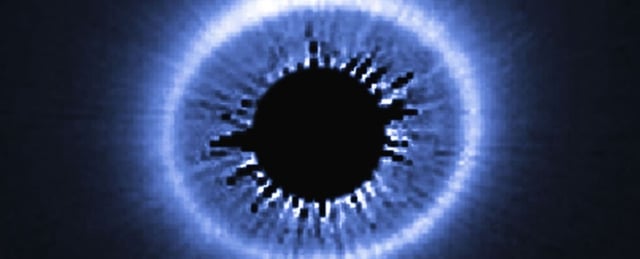Overview
- Webb’s near-infrared spectrograph identified crystalline water ice in the debris disk of HD181327, a 23-million-year-old star located 155 light-years from Earth.
- More than 20 percent of the disk’s outer ring mass consists of ice-and-dust “dirty snowballs” analogous to those in our Solar System’s Kuiper Belt.
- Measurements show ice abundance declines to 8 percent mid-disk and falls to near zero closer to the star, likely due to ultraviolet-driven vaporization.
- Regular collisions among icy bodies in the debris disk release fine particles of water ice that Webb can detect with its sensitive instruments.
- The discovery confirms models of planet formation and supports the theory that icy outer bodies deliver water to inner terrestrial worlds.

